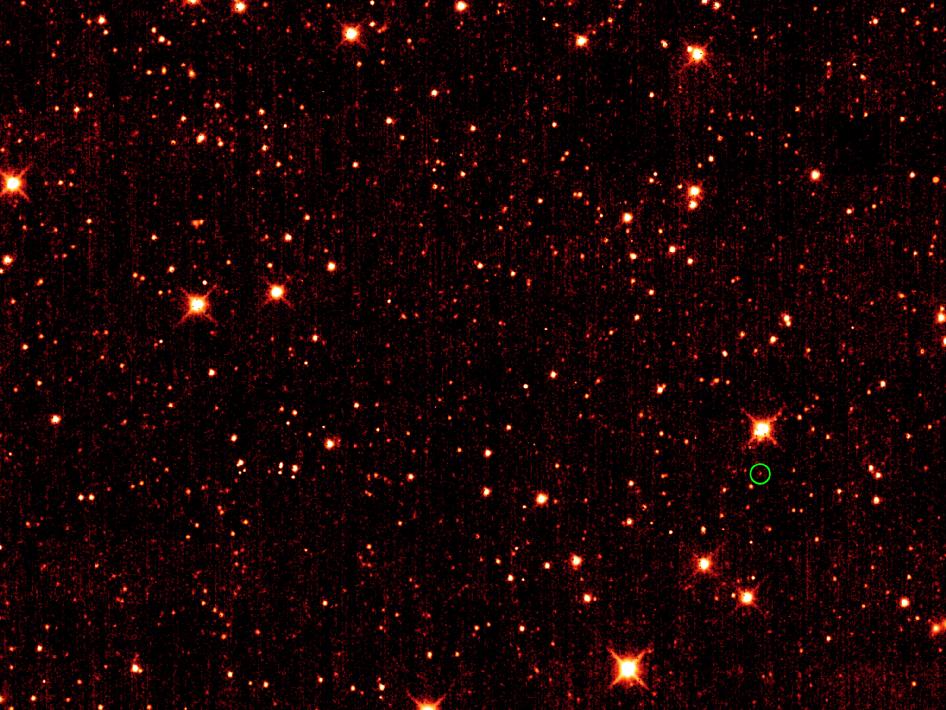Earth’s captured asteroids

A team of astronomers studying data from the WISE orbital telescope have discovered an asteroid sharing an orbit with Earth. The asteroid, dubbed 2010 TK7, dwells in one of Earth’s Trojan points where the gravitational attractions of Earth and the Sun come together neatly to provide a stable spot where space debris can accumulate without being dispersed. Trojan asteroids have long been observed belonging to Jupiter, and more recently near the other gas giants. But 2010 TK7 is the first to be found belonging to Earth, although astronomers have long expected to find objects in Earth’s Trojan points.
Any planet has a five points around it where its gravity works together with that of the Sun to create a stable environment: Anything placed in these points will stay put, relative to the Sun and the planet. These points are known as Lagrangian points, and the two which are located on the planet’s orbit, at a distance of 60 degrees ahead or behind, are the Trojan points.
We have never seen Trojan asteroids around Earth before for the simple reason that, from our point of view, those positions are near to the Sun. They are only ever above the horizon during the day, or at twilight. Since Earth is only massive enough to capture small asteroids, anything at the Trojan points will be very hard to see indeed. And this is where WISE came in. WISE is an exquisitely sensitive infrared telescope, placed in Earth orbit and designed to map out the entire sky in infrared. Once its primary mission had been completed, it was re-assigned the comparatively crude task of searching for cold chunks of rock (asteroids and minor planets) which it has performed extremely well. Being out of the Earth’s atmosphere, WISE is capable of looking at objects very close to the Sun and had no trouble spotting Asteroid 2010 TK7. Once a position was confirmed, giant telescopes in Hawaii were able to pinpoint its location, and confirm the discovery.
2010 TK7 has a diameter of about 300 meters, and is about 80 million kilometers from Earth.
